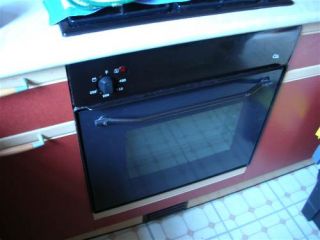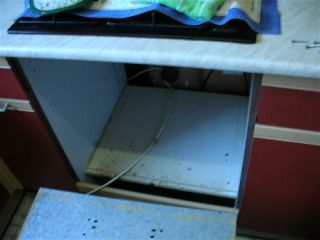Fitting or replacing an electric oven is not that difficult as long as you know what you are doing and follow some basic rules. Firstly you need to check the most recent part P document as the rules might mean that you have to inform your local building control or get a registered electrician to do the work for you.
| Before working on any electrical circuit you must ensure that it is isolated correctly and cannot accidentally be switched back on. Please read the article on safe isolation procedures before doing any electrical work. If you are not 100% certain what you are doing call a qualified electrician. Building regulations are changing all the time and modifying your home electrics could be against new rules and could invalidate your home insurance, if in doubt check first! |
An electric single oven normally uses less than 3 KW of power and so they are often wired up to a piece of heat resistant flex and plugged into a socket, some may be wired directly into a fused connection unit. Start by isolating the electricity supply to the oven, Please read the article on safe isolation procedures before continuing.
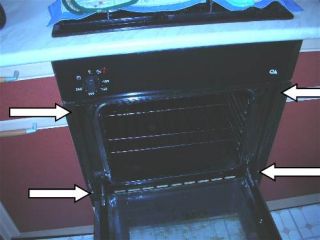
Open the oven door and you will see four or more screw heads, these screws go through the oven and screw into the carcass of the oven housing unit.
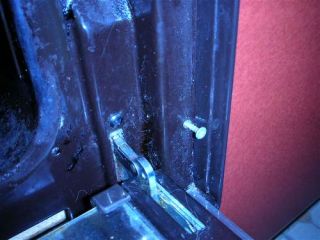
Remove all of the screws and the oven will then pull forwards out of the carcass. It is a good idea to place something on the floor to protect it from damage. It is also recommended to wear cut resistant gloves when moving the oven unit as it is not unusual for them to have sharp edges.
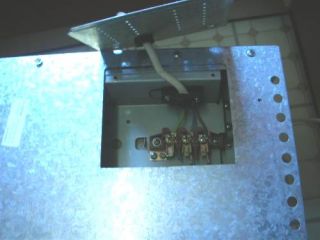
Electric ovens do not normally come with the flex attached. You need to get a suitable length of Three core flex to connect the oven to the electric supply. The oven instructions will be more specific. I always use heat resistant flex for such applications. Connect the flex to the terminals following the instructions for the oven, ensuring that the connections are tight. Connect the other end of the flex to either a plug or a fused connection unit, with the correctly rated fuse inside.
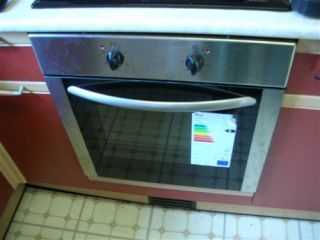
Carefully push the oven back into the carcass, ensuring that the wire does not get damaged or trapped. Secure the oven to the carcass using suitable screws.



